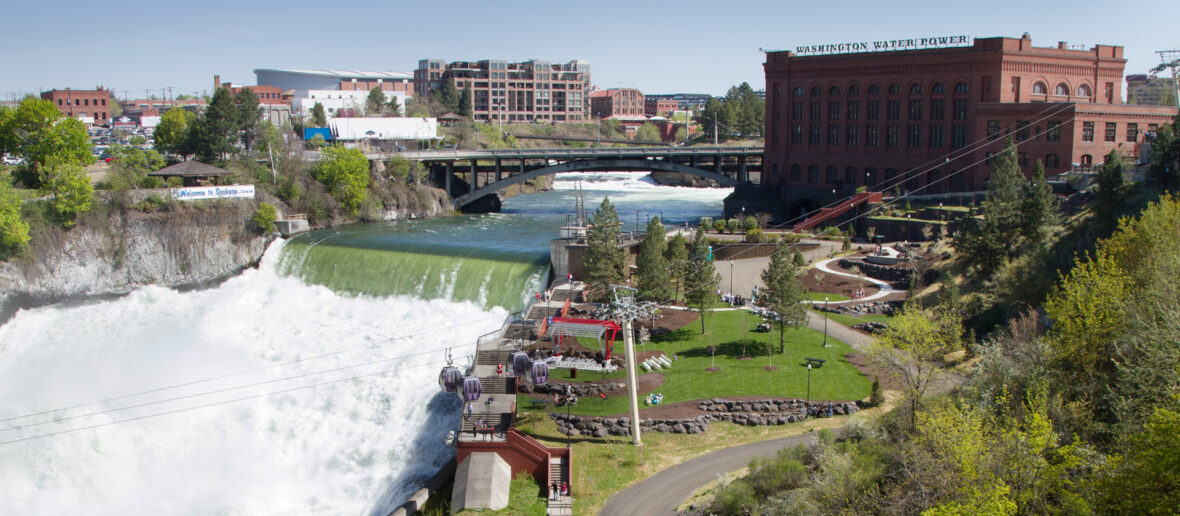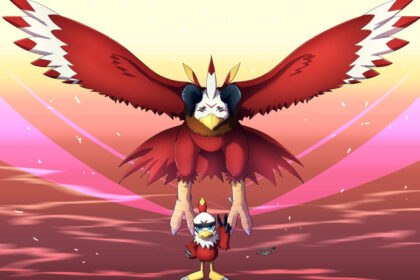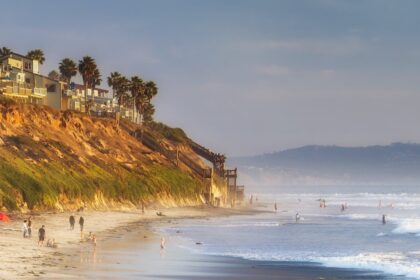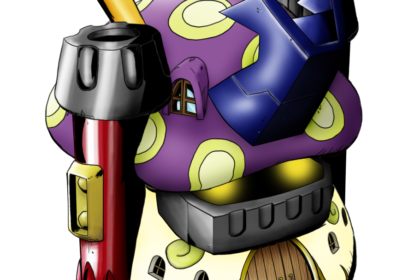Spokane is the largest city and county seat of Spokane County, Washington, United States. It is in eastern Washington along the Spokane River adjacent to the Selkirk Mountains and west of the Rocky Mountain foothills, 92 miles (148 km) south of the Canadian border, 18 miles (30 km) west of the Washington–Idaho border, and 279 miles (449 km) east of Seattle along I-90. Take a look below for 25 fascinating and fun facts about Spokane, Washington, United States.
1. Spokane is the economic and cultural center of the Spokane metropolitan area, the Spokane–Coeur d’Alene combined statistical area, and the Inland Northwest.
2. It is known as the birthplace of Father’s Day, and locally by the nickname of “Lilac City.”
3. A pink double flower cultivar of the common lilac, known as Syringa vulgaris ‘Spokane’, is named for the city.
4. Officially, Spokane goes by the nickname of Hooptown USA, due to Spokane annually hosting the world’s largest basketball tournament, and to spread awareness about the city’s growing popularity for the sport.
5. The city and the wider Inland Northwest area are served by Spokane International Airport, 5 miles (8 km) west of Downtown Spokane. According to the 2010 Census, Spokane had a population of 208,916, making it the second-largest city in Washington, and the 99th-largest city in the United States.
6. In 2019, the United States Census Bureau estimated the city’s population at 222,081 and the population of the Spokane Metropolitan Area at 573,493.
7. The first people to live in the area, the Spokane tribe (their name meaning “children of the sun” in Salishan), lived off plentiful game. David Thompson explored the area with the westward expansion and establishment of the North West Company’s Spokane House in 1810.
8. This trading post was the first long-term European settlement in Washington. Completion of the Northern Pacific Railway in 1881 brought settlers to the Spokane area.
9. The same year it was officially incorporated as a city under the name of Spokane Falls (it was reincorporated under its current name ten years later).
10. In the late 19th century, gold and silver were discovered in the Inland Northwest. The local economy depended on mining, timber, and agriculture until the 1980s. Spokane hosted the first environmentally themed World’s fair at Expo ’74.
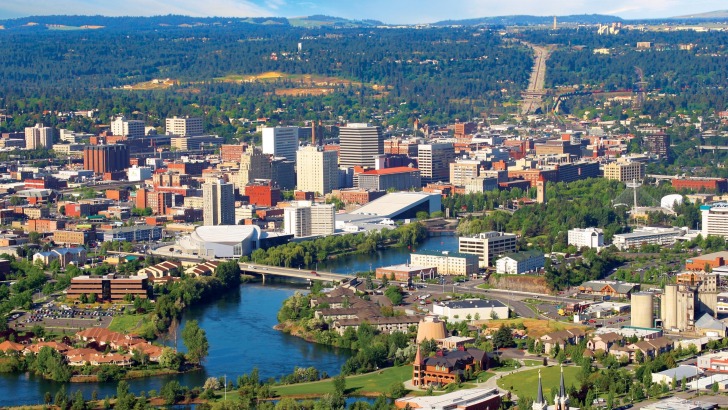
11. Many of the downtown area’s older Romanesque Revival-style buildings were designed by architect Kirtland Kelsey Cutter after the Great Fire of 1889.
12. The city is also home to the Riverfront and Manito parks, the Smithsonian-affiliated Northwest Museum of Arts and Culture, the Davenport Hotel, and the Fox and Bing Crosby theaters.
13. The Cathedral of Our Lady of Lourdes is the seat of the Roman Catholic Diocese of Spokane, and the Cathedral of St. John the Evangelist serves as that of the Episcopal Diocese of Spokane.
14. The Spokane Washington Temple in the east of the county serves The Church of Jesus Christ of Latter-day Saints. Gonzaga University was established in 1887 by the Jesuits, and the private Presbyterian Whitworth University was founded three years later and moved to north Spokane in 1914.
15. In sports, the region’s professional and semi-professional sports teams include the Spokane Indians in Minor League Baseball and Spokane Chiefs in junior ice hockey.
16. The Gonzaga Bulldogs collegiate basketball team competes at the Division I level. As of 2010, Spokane’s major daily newspaper, The Spokesman-Review, had a daily circulation of over 76,000.
17. The first humans to live in the Spokane area were hunter-gatherers that lived off plentiful fish and game; early human remains have been dated to 8,000 to 13,000 years ago.
18. The Spokane tribe, after which the city is named (the name meaning “children of the sun” or “sun people” in Salishan), are believed to be either their direct descendants, or descendants of people from the Great Plains. When asked by early white explorers, the Spokanes said their ancestors came from “up North.”
19. Early in the 19th century, the Northwest Fur Company sent two white fur trappers west of the Rocky Mountains to search for fur.
20. These were the first white men met by the Spokanes, who believed they were sacred, and set the trappers up in the Colville River valley for the winter.
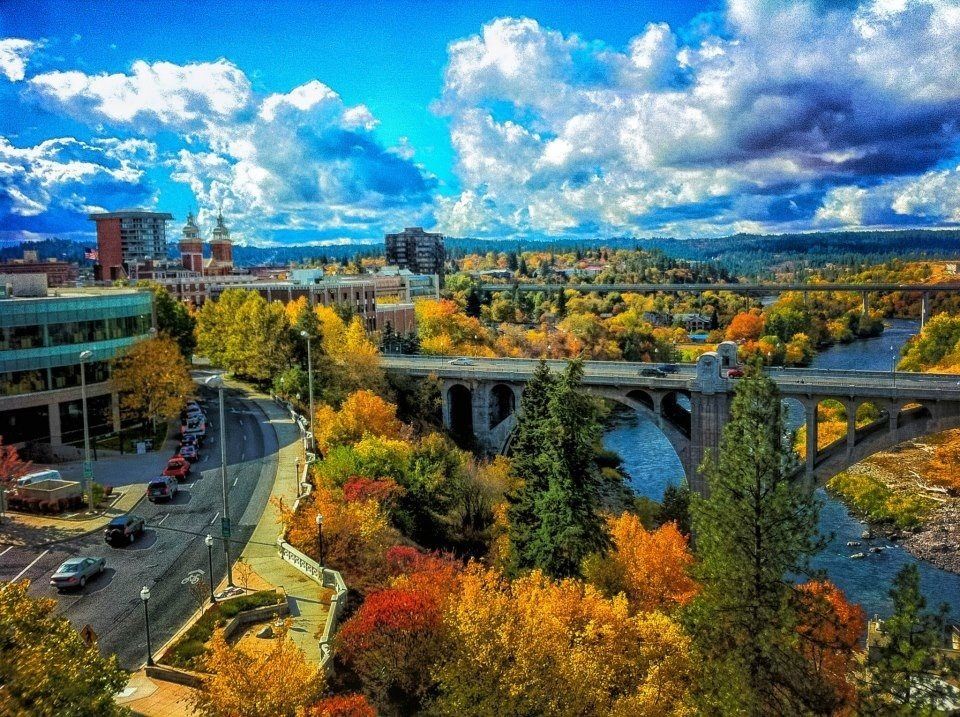
21. As of 2014, Spokane is still trying to make the transition to a more service-oriented economy in the face of a less prominent manufacturing sector.
22. Developing the city’s strength in the medical and health sciences fields has seen some success, resulting in the expansion of the University District with two medical school branches.
23. The city faces challenges such as a scarcity of high-paying jobs, pockets of poverty, and areas of high crime.
24. The opening of the River Park Square in 1999 served as a catalyst and sparked a downtown rebirth that included the building of the Spokane Arena and expansion of the Spokane Convention Center.
25. The Kendall Yards development on the west side of downtown Spokane is one of the largest construction projects in the city’s history. Directly across the Spokane River from downtown, it will blend residential and retail space with plazas and walking trails.

